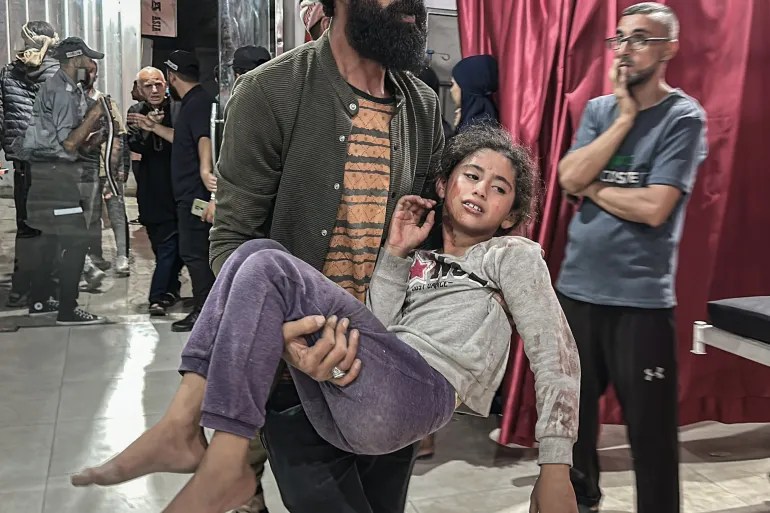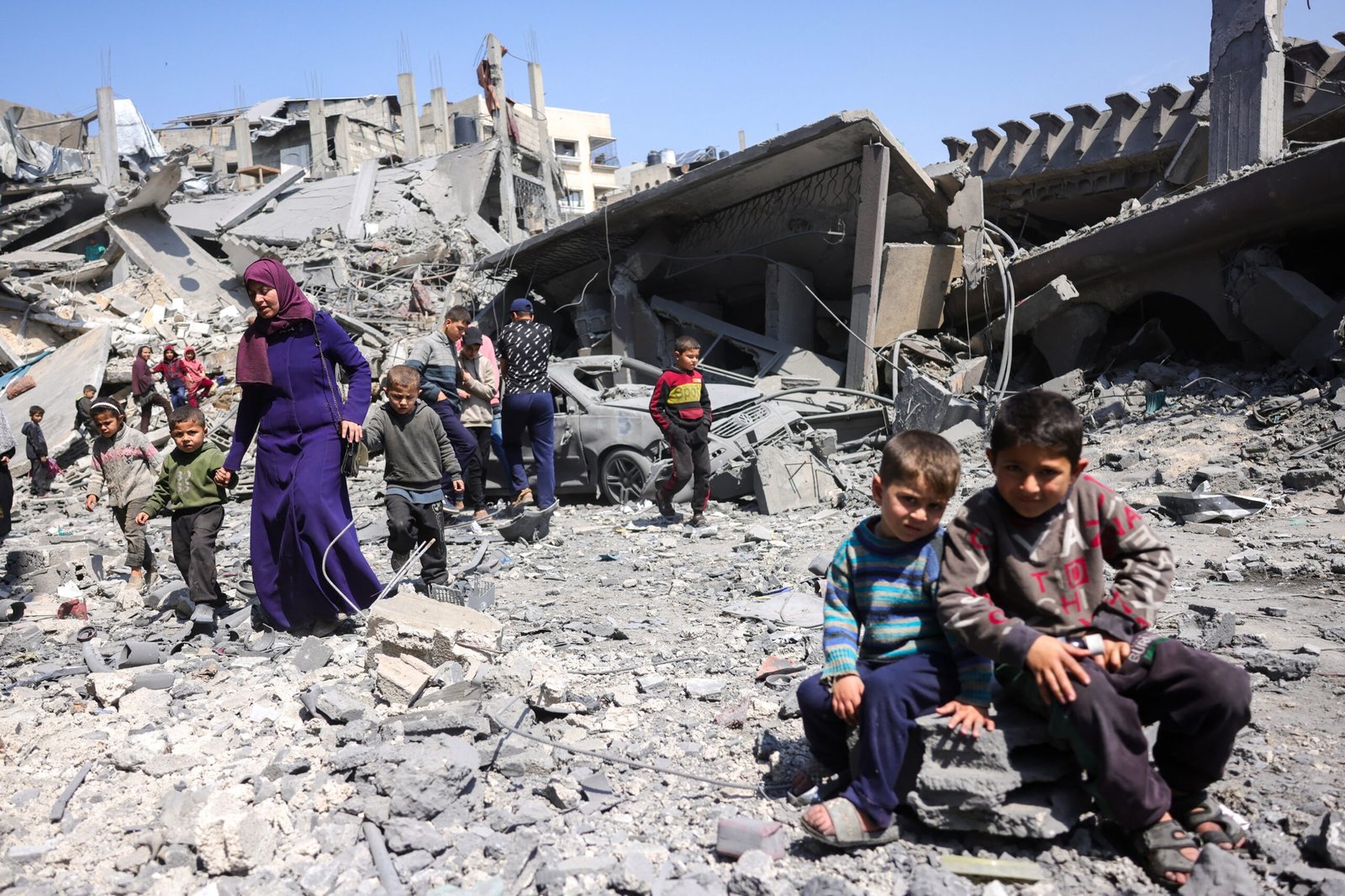Introduction: A Fragile Truce Under Fire
The US-brokered ceasefire between Israel and Hamas was meant to end months of violence in Gaza, giving civilians a brief hope for relief. But since the truce began on October 10, reports say Israel has killed nearly 100 Palestinians and wounded over 230.

Despite promises of peace, both sides accuse each other of violating the truce, raising a critical question — is the ceasefire still in effect or already broken?
What Happened After the Ceasefire Began?
Within days of the truce, Israeli forces continued airstrikes and opened fire on unarmed civilians in Gaza.
On Sunday, the Israeli military claimed that Hamas fighters attacked soldiers in Rafah, prompting what it called a “massive wave” of airstrikes.
However, Hamas’s Qassam Brigades denied any clashes, stating they had no fighters in Rafah, which remains under Israeli control. The group accused Israel of using false claims as justification for more attacks on civilians.

The Terms of the Ceasefire Agreement
The truce, developed by the United States with help from Qatar, Egypt, and Türkiye, contained a 20-point plan to restore calm and rebuild trust.
Key Ceasefire Conditions:
Complete end to hostilities by both Israel and Hamas.
Unrestricted humanitarian aid access into Gaza.
Exchange of captives and prisoners from both sides.
Phased Israeli military withdrawal from Gaza.
Creation of a technocratic Palestinian government to manage Gaza.
Disarmament of Hamas under international supervision, with amnesty for eligible members.
Hamas agreed to release all captives and allow a neutral administration to govern Gaza. However, it said final disarmament and political restructuring should occur under a unified Palestinian framework.
Did Israel Violate the Ceasefire Terms?
According to Gaza’s Government Media Office, Israel has violated the ceasefire 80 times since October 10. These violations include airstrikes, shootings, and aid blockades.
Recent incidents:
An Israeli strike on a car in Zeitoun killed 11 members of the Abu Shaaban family, including seven children.
Air raids in Shujayea and Rafah killed dozens more.
Aid restrictions cut the number of aid trucks entering Gaza by half, from 600 to just 300 daily.
Even after announcing its recommitment to the truce, Israel fired on Palestinians in northern Gaza’s Shujayea area, claiming they “posed a threat.”
Did Hamas Follow the Ceasefire Agreement?
Despite accusing Israel of repeated violations, Hamas has mostly complied with the agreement.
It has released all 20 living Israeli captives and recovered 12 of the 28 bodies killed during the war.
Hamas says its teams face huge challenges due to rubble, limited equipment, and restricted access to bombed areas.
Gaza’s civil defense reports that over 10,000 Palestinians remain buried under debris, making recovery slow and dangerous.

Humanitarian Crisis: Aid, Displacement, and Hunger
The ceasefire promised relief, but Gaza’s humanitarian crisis continues to worsen.
Entire neighborhoods have vanished under Israeli airstrikes, and thousands of families remain displaced. Many survivors can’t even identify where their homes once stood.
The “yellow line” — an unmarked division created by Israel — now leaves 58% of Gaza under Israeli control, making it dangerous for residents to return.
Food, water, and medicine remain critically scarce. The Rafah border crossing is partially closed, and aid trucks face strict limitations.
Humanitarian groups say the situation is catastrophic, with hospitals running out of fuel and children facing severe malnutrition.

🕊️ Is the Gaza Ceasefire Still Holding?
While US President Donald Trump claims the ceasefire “remains in effect,” the ground reality suggests otherwise.
Israeli attacks have continued, and aid access remains restricted.
Hamas says it is still committed to peace under the truce but demands that Israel end military operations and fully reopen Gaza’s borders for humanitarian aid.
Conclusion: A Truce in Name Only
For now, the Israel-Hamas ceasefire exists more in theory than in practice.
Israel continues to strike targets across Gaza, while Palestinians struggle to rebuild amid rubble, hunger, and displacement.
The US-led peace effort, once seen as a breakthrough, now stands on shaky ground. Unless both Israel and Hamas genuinely commit to ending violence and enabling humanitarian access, the ceasefire will remain a fragile illusion — a promise of peace that never truly arrives.



